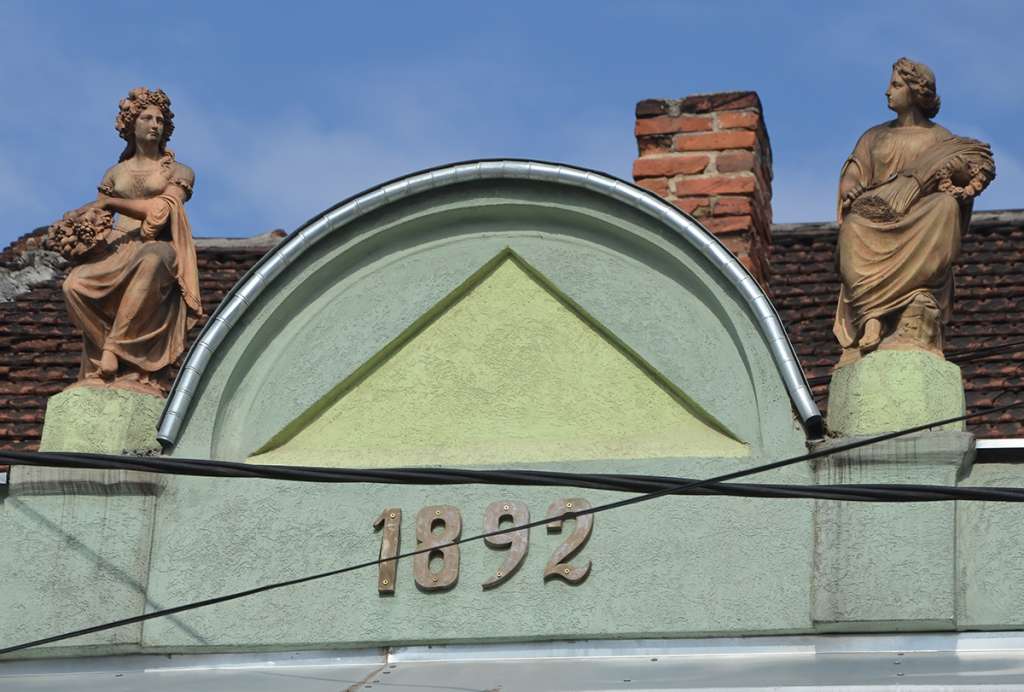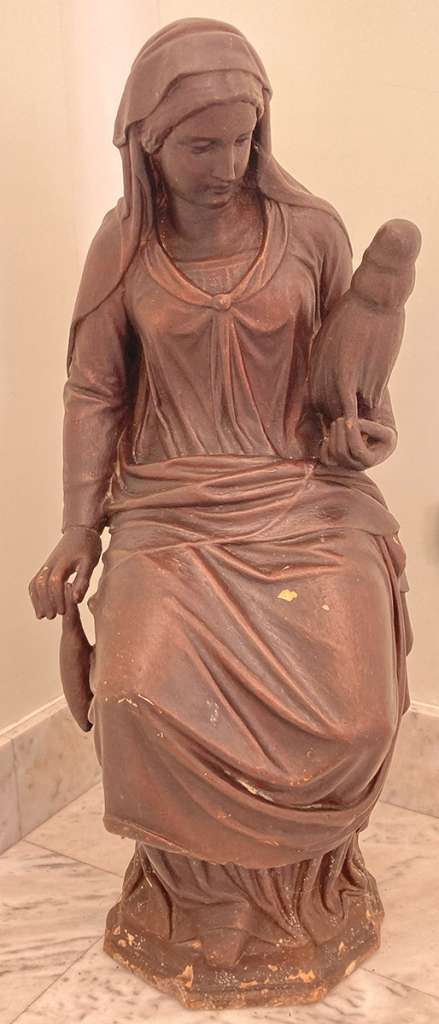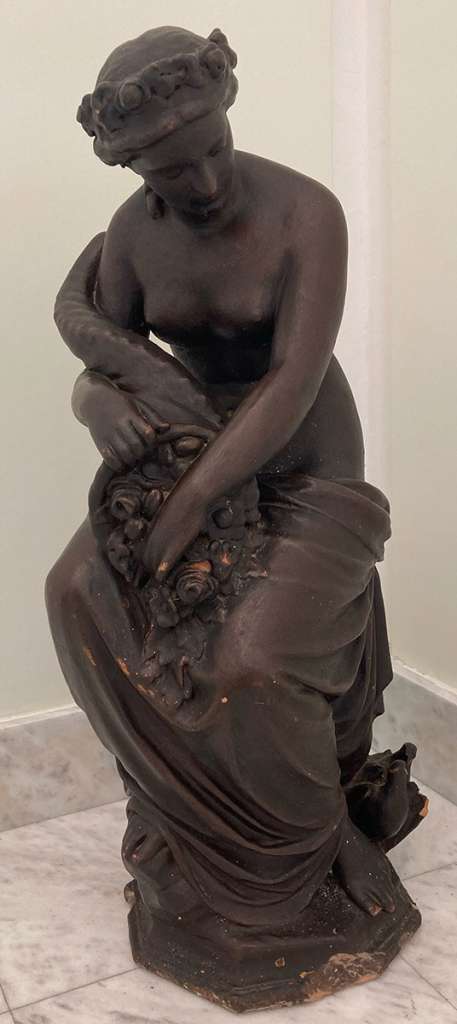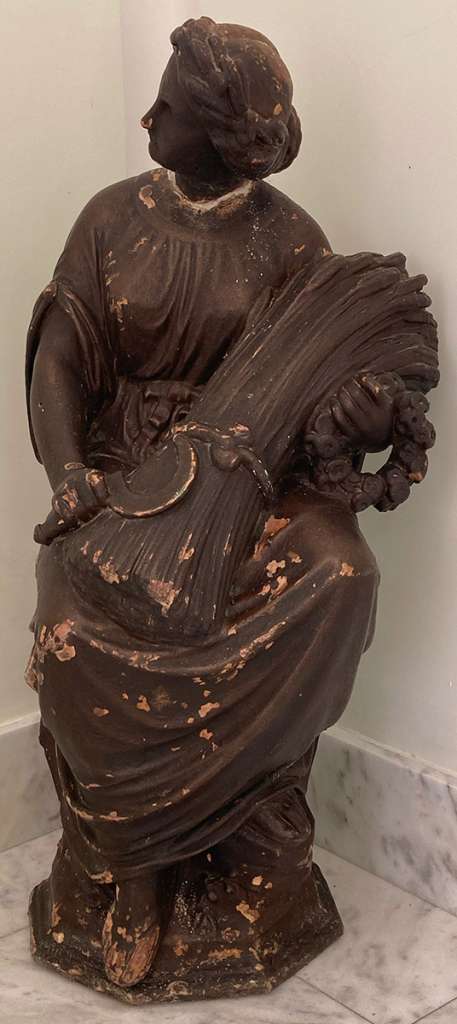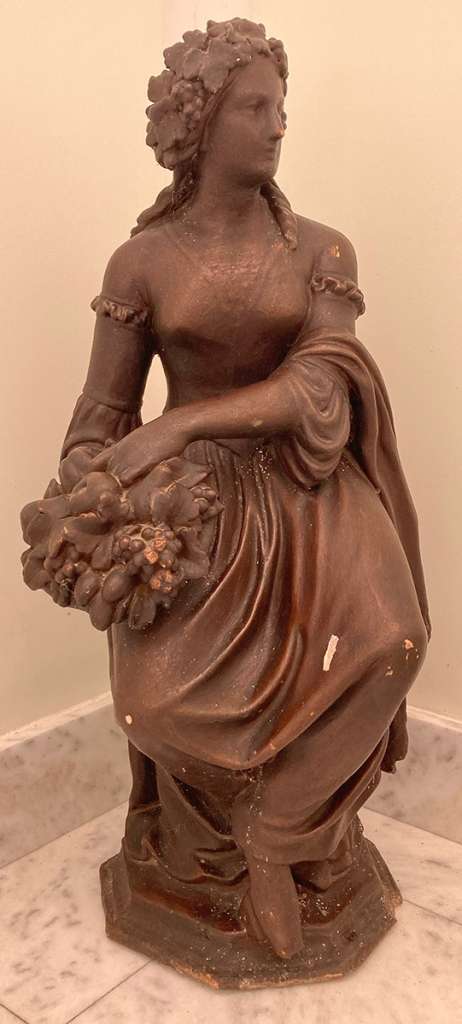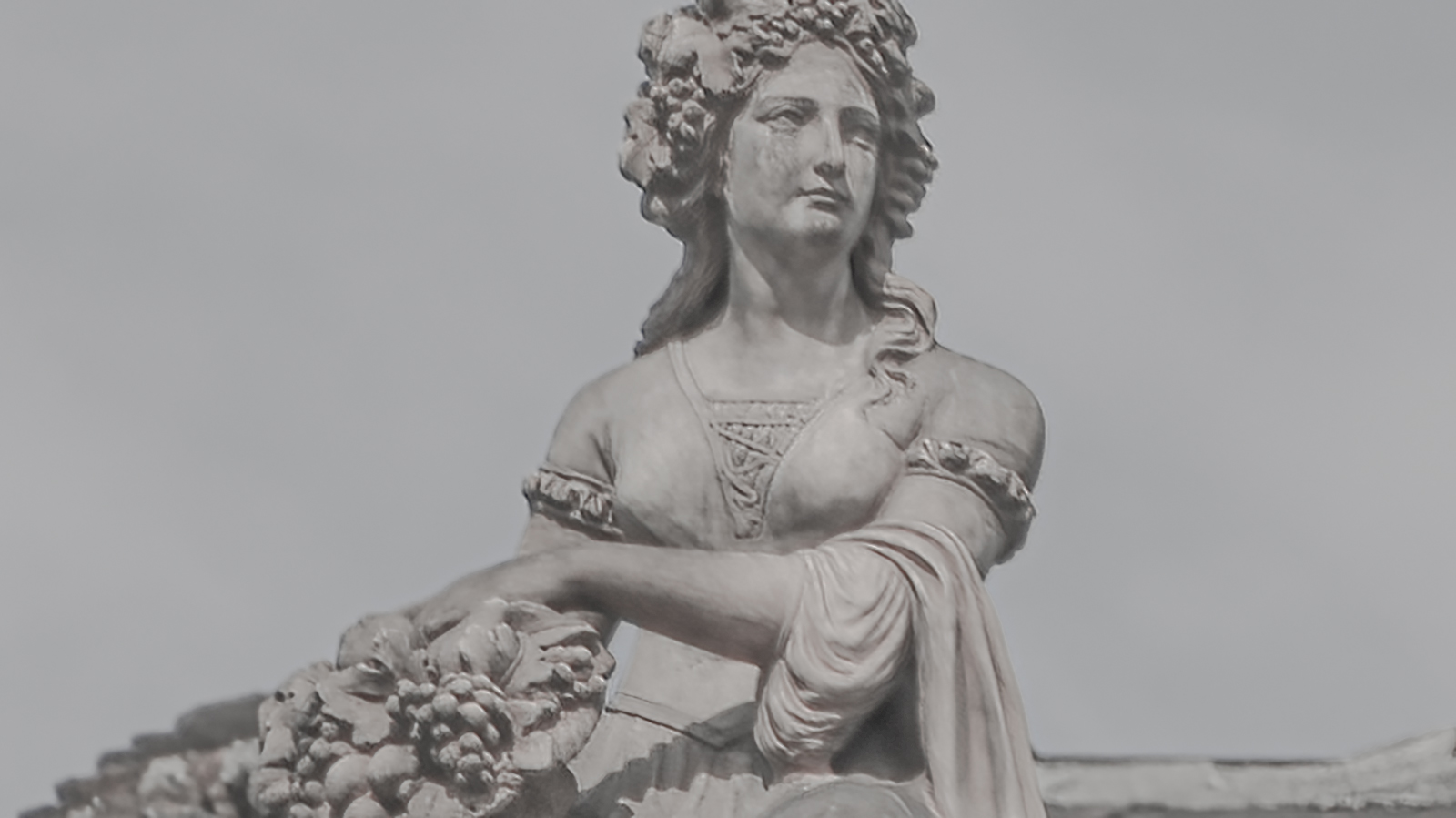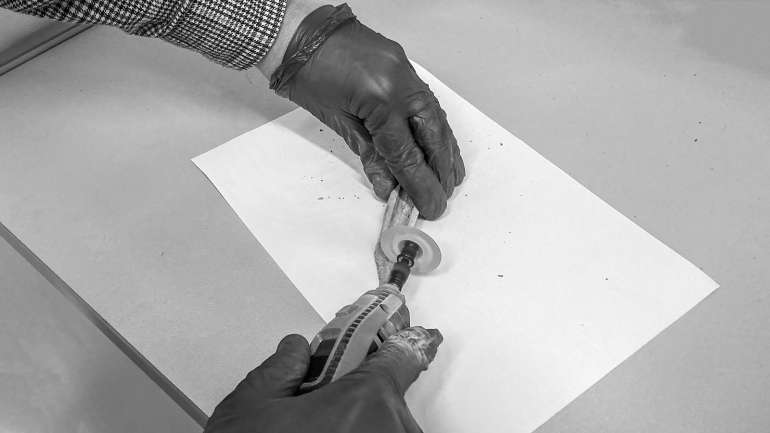By: Branislav Cvetković, museum advisor
One of the most important collections in our museum is the Collection of Sculptures, whose complete publication and exhibition has been in preparation for a long time. Fragments of facade plastic are kept within this fund, i.e. figures, reliefs and ornaments made in stucco, plaster and artificial stone: they bear witness to stylistic changes in Serbian architecture in the 19th and 20th C., as well as to frequent devastation of this country’s architectural heritage, which is why small and large towns increasingly resemble instant settlements such is Greek Olympic Beach. Despite their efforts museum experts cannot manage to preserve all sculpture from destroyed buildings…
A rare and therefore valuable figural group of full sculptures in Jagodina is located on the facade in Kn. Milice Street 42/1, which was changed several times during previous decades. It is one of several edificies built by wealthy Petar Taušanović which now has original parts only on its top, a triangular calcan, the year 1892 which determines its construction date, and a plinth with two classically rendered terracotta female figures. Judging by attributes they bear, they signify and imply prosperity, well-being – the one on the left holds a cornucopia with fruit and grapes and a vines wreath on her head, while the one on the right has ears of corn and a sickle. The question is origin of the sculptures, actually cast from the molds. In all likelihood, they originate from some large European center where symbolism of the sort was nurtured, bearing in mind analogies from old art in which season personifications can be found, as here, Autumn and Summer.
In search for answers, we found that models identical to those in Jagodina were used in Negotin and Aranđelovac. We owe photographs of the parallels to efforts of colleagues Zorica Petrović from the National Museum in Aranđelovac and Slađana Milošević from the Krajina Museum in Negotin. In Negotin, on the main Cathedral square, there is a corner building, older than the one in Jagodina, built in 1884 and owned by Dimitrije Lazarević-Gagić, a tinsmith and merchant. On its top it has the same figures of seasons, Autumn and Summer, which have been painted white in a recent restoration. More important data come from the so-called Old House in Bukovik Spa in Arandjelovac, built as a summer home for Prince Mihailo Obrenović in 1868, as the project of architect Kosta Šreplović, in romanticist style, like the Captain-Miša House in Belgrade, built by the Czech architect Jan Nevole in 1860s. Before the Old House suffered damage, four figures personifying seasons could be seen in the hall, placed in specially designed niches. In addition to Autumn and Summer, the group includes figures of Spring, with flowers in her horn and a floral wreath on head, and Winter who holds a tow and a spindle. Due to being slightly damaged, they were moved to the Prince Miloš Pavilion for safety.
